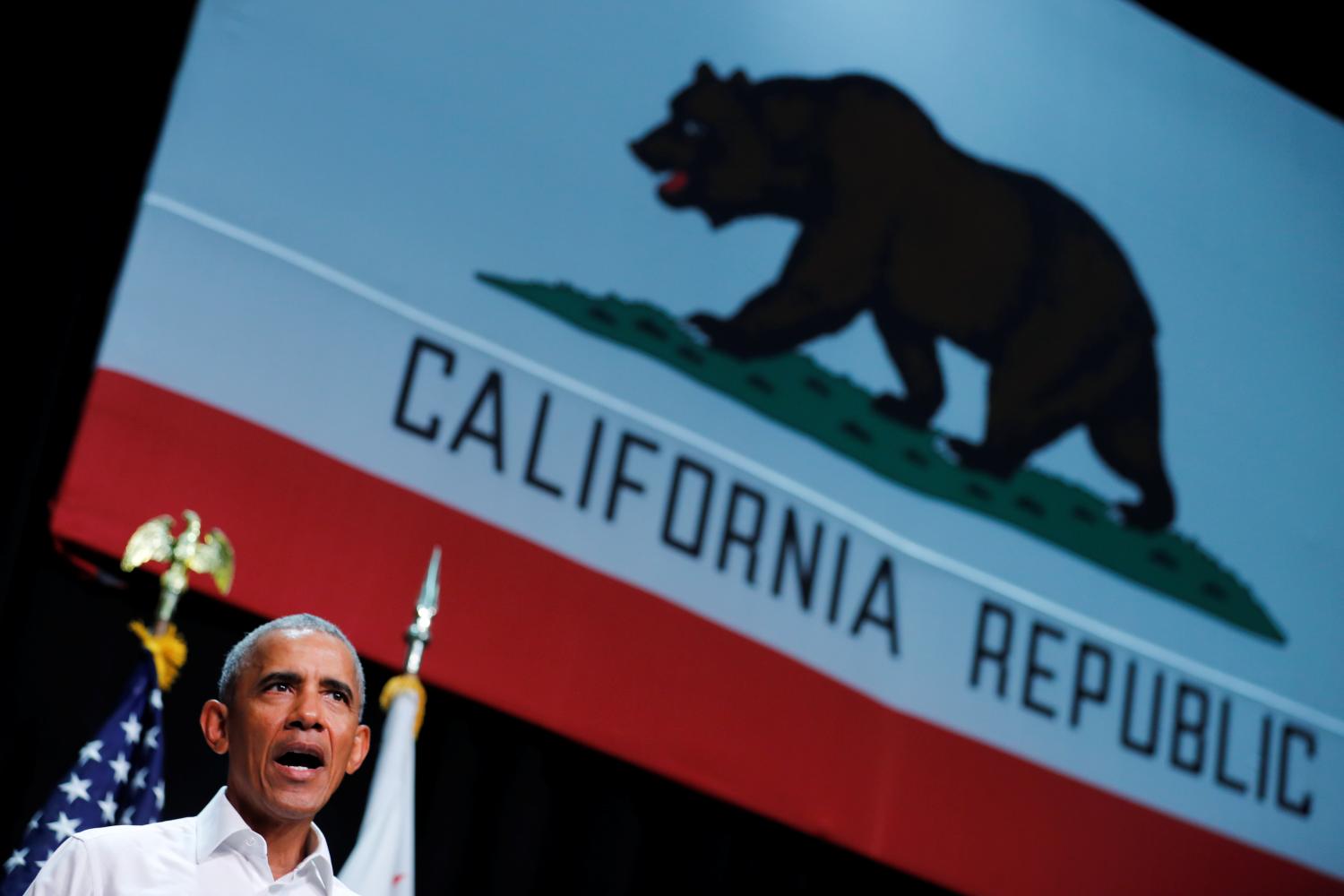For years, very few journalists, scholars, or voters paid any attention to congressional primary elections, and for good reasons. A large number of members of Congress have run completely unopposed. Others have drawn opponents who were underfinanced, unknown, and not taken seriously. In addition, because there is no national primary day, these elections take place over a six-month period in the year of the election, so it is easy to forget that they are happening. Recently, however, congressional primaries have begun to generate interest.
As intraparty divisions have solidified and lawmakers’ fears of getting “primaried” have intensified, many Americans have begun paying more attention to primary elections. To that end, this report on voters in congressional primaries—the second such report from The Primaries Project at Brookings—represents a sort of coming-of-age for research on congressional primaries. Thanks to the generosity of Democracy Fund, we were able to contract with Edison Research to conduct exit polls in the 2018 primaries, resulting in the best available data on this important subset of voters.
This report is divided into eight parts below; read it in full by starting with the introduction, or jump to individual sections.
Introduction

Thanks to the generosity of Democracy Fund, we were able to contract with Edison Research to conduct exit polls in the 2018 primaries. This year, they completed interviews with 13,372 voters, 7,198 of which voted in Democratic primaries and 5,335 of which voted in Republican primaries. Another 839 voted in the open primaries in California. While there are limitations with exit polling data, it offers nearly unprecedented insight into this valuable group of voters.
The demographics of primary voters

Turnout in primaries, especially in midterm congressional primaries, has been infamous for the fact that it is so paltry. Nevertheless, our exit polling produced a trove of data on the select few who do vote in such elections. Using this information, we break down the primary voters by gender, race/ethnicity, education level, income, and more.
The ideology of primary voters

One of the most important reasons for studying primary voters is to determine their ideology. In an era when many congressional seats are safe for one party or another—thanks to demographic sorting and sophisticated gerrymandering—many members of Congress know that the only place they can be defeated is in a primary. Thus, members of Congress are finely attuned to that electorate—in some instances, more so than to their general election electorate.
Congressional primary voters and President Trump

To one degree or another, midterm elections have always been a referendum on the president and the party in the Oval Office. But the extent to which midterm elections have been “nationalized” varies. Given the controversial nature of the first two years of the Trump administration, 2018 primary voters expressed strong opinions regarding the president.
Congressional primary voters on the issues

One aspect of the exit polling data centered around how congressional primary voters feel about hot-button issues, including the economy, immigration, foreign policy and more. Their responses revealed interesting patterns of thought—as well as some surprising issue reversals.
Exploring California's top-two primary

Unlike many states, California uses a “top-two” system for primaries. Under this system, the top two vote-getting candidates, regardless of party affiliation, move on to the general election. In this election cycle, we included two California districts in our exit polls to explore voters’ opinions on the top-two system, eight years after its implementation.
Conclusion

This is the second survey of congressional primary voters that we have conducted here at Brookings as part of The Primaries Project. How much has changed since 2016, and how much has stayed the same?
Appendix and acknowledgements
Find methodological notes and further detail on the exit polling process in the appendix, as well as acknowledgements.




